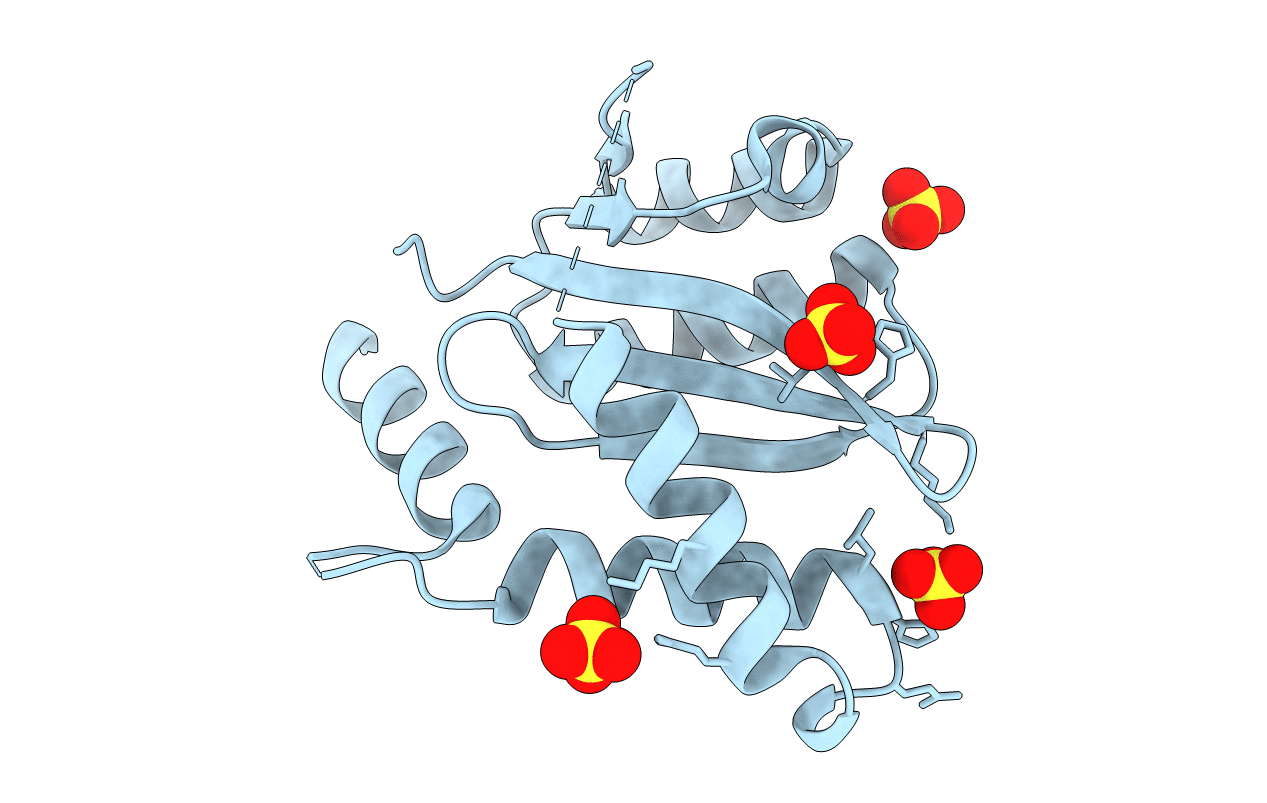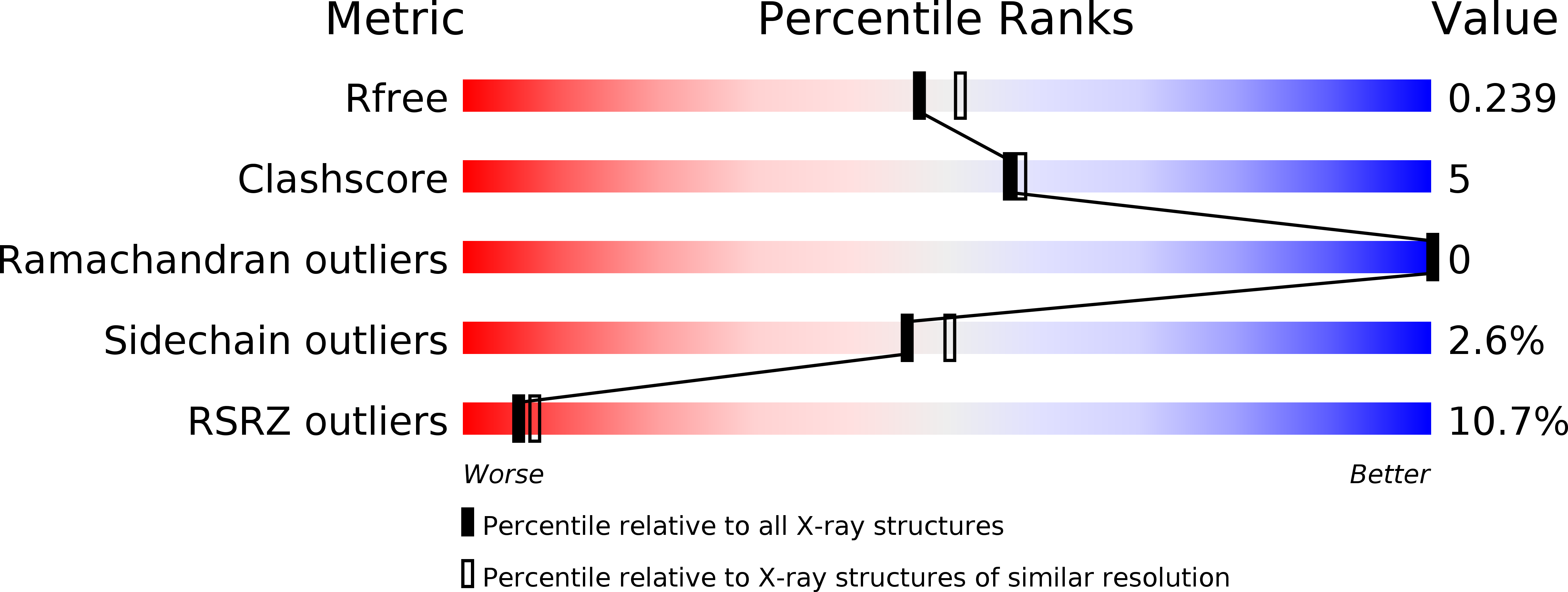
Deposition Date
2019-09-26
Release Date
2020-07-01
Last Version Date
2023-11-22
Entry Detail
PDB ID:
6L0C
Keywords:
Title:
Crystal structure of HIV-1 Integrase catalytic core domain (A128T/K173Q/F185K)
Biological Source:
Source Organism:
Human immunodeficiency virus 1 (Taxon ID: 11676)
Host Organism:
Method Details:
Experimental Method:
Resolution:
2.10 Å
R-Value Free:
0.23
R-Value Work:
0.19
R-Value Observed:
0.19
Space Group:
P 31 2 1


